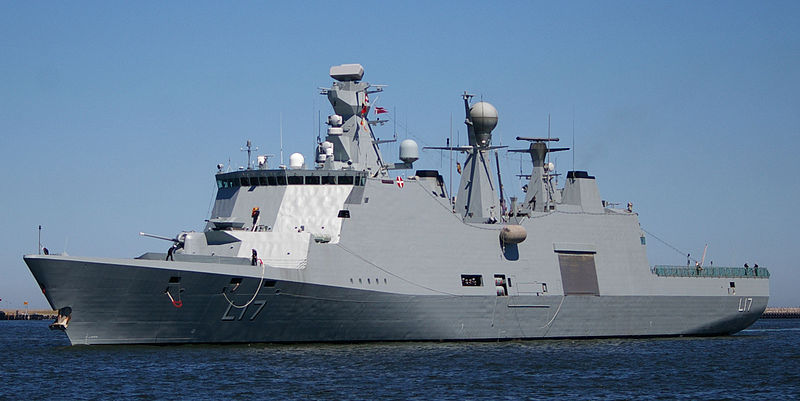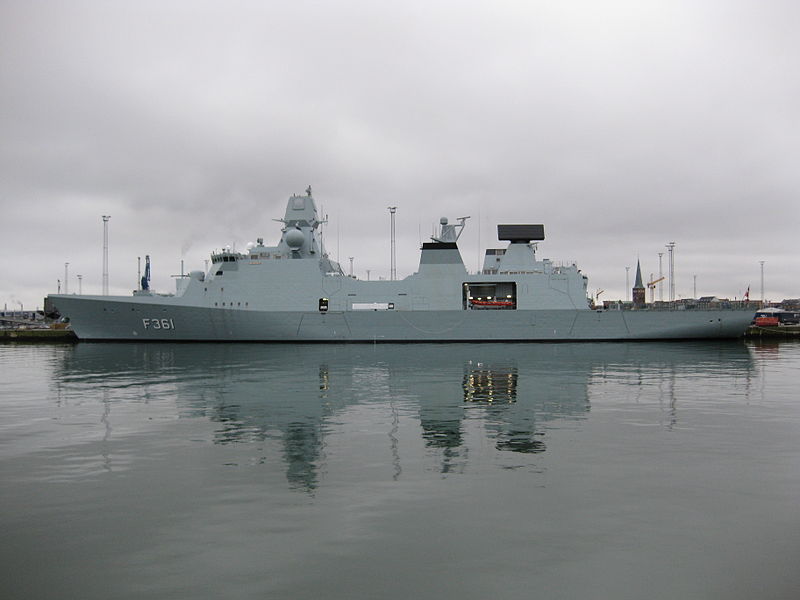… they must have had very fair notions of the artistic and the beautiful, our great-great-grandfathers. Why, all our art treasures of to-day are only the dug-up commonplaces of three or four hundred years ago. I wonder if there is real intrinsic beauty in the old soup-plates, beer-mugs, and candle-snuffers that we prize so now, or if it is only the halo of age glowing around them that gives them their charms in our eyes. The “old blue” that we hang about our walls as ornaments were the common every-day household utensils of a few centuries ago; and the pink shepherds and the yellow shepherdesses that we hand round now for all our friends to gush over, and pretend they understand, were the unvalued mantel-ornaments that the mother of the eighteenth century would have given the baby to suck when he cried.
Will it be the same in the future? Will the prized treasures of to-day always be the cheap trifles of the day before? Will rows of our willow-pattern dinner-plates be ranged above the chimneypieces of the great in the years 2000 and odd? Will the white cups with the gold rim and the beautiful gold flower inside (species unknown), that our Sarah Janes now break in sheer light-heartedness of spirit, be carefully mended, and stood upon a bracket, and dusted only by the lady of the house?
Jerome K. Jerome, Three Men in a Boat (to say nothing of the dog), 1889.
January 24, 2014
QotD: Antiques
A Danish solution to the high cost of modern warships
Developments like this should be of great interest to the Royal Canadian Navy:
… constrained budgets in America and Europe are prompting leading nations to reconsider future needs and explore whether new ships should be tailored for what they do every day, rather than what they might have to do once over decades.
The solution: extreme flexibility at an affordable price for construction and operation.
Here the Danes have emerged as a clear leader by developing two classes of highly innovative ships designed to operate as how they will be used: carrying out coalition operations while equipped to swing from high-end to low-end missions.
The three Iver Huitfeldt frigates and two Absalon flexible support ships share a common, large, highly efficient hull to yield long-range, efficient but highly flexible ships that come equipped with considerable capabilities — from large cargo and troop volumes and ample helo decks for sea strike and anti-submarine warfare — in a package that’s cheap to buy and operate. The ships come with built-in guns, launch tubes for self-defense and strike weapons, and hull-mounted sonar gear, and they can accept mission modules in hours to expand or tailor capabilities. The three Huitfeldts cost less than $1 billion.
The ships also are coveted during coalition operations for their 9,000-mile range at 15 knots, excellent sea-keeping qualities and command-and-control gear, plus spacious accommodations for command staffs. That’s why the Esbern Snare, the second of two Absalon support ships, is commanding the international flotilla in the Eastern Mediterranean that will destroy Syria’s chemical weapons.
Wikipedia has this image of the HDMS Iver Huitfeldt:
The class is built on the experience gained from the Absalon-class support ships, and by reusing the basic hull design of the Absalon class the Royal Danish Navy have been able to construct the Iver Huitfeldt class considerably cheaper than comparable ships. The frigates are compatible with the Danish Navy’s StanFlex modular mission payload system used in the Absalons, and are designed with slots for six modules. Each of the four Stanflex positions on the missile deck is able to accommodate either the Mark 141 8-cell Harpoon launcher module, or the 12-cell Mark 56 ESSM VLS.
While the Absalon-class ships are primarily designed for command and support roles, with a large ro-ro deck, the three new Iver Huitfeldt-class frigates will be equipped for an air defence role with Standard Missiles, and the potential to use Tomahawk cruise missiles, a first for the Danish Navy.
For contrast here is the HDMS Esbern Snare, the second ship in the Absalom class:

Danish Navy Combat Support Ship HDMS Esbern Snare in the port of Gdynia, prior to exercise US BALTOPS 2010.
That’s not to say that these particular ships would be a good fit for the RCN, but that the approach does seem to be viable (sharing common hull configurations and swappable mission modules). However, the efficiencies that could be achieved by following this practice would almost certainly be swamped by the political considerations to spread the money out over as many federal ridings as possible…
H/T to The Armourer for the link.
This week in Guild Wars 2
![]() My weekly Guild Wars 2 community round-up at GuildMag is now online. We’re back online at a new hosting service, so this is just the usual link to the full round-up there. This week saw the release of the Origins of Madness content update, with two new world bosses (one is permanent, the other is tied to the living story and will eventually go away). It is one of the four final episodes in the Scarlett Briar story arc. In addition, there’s the usual assortment of blog posts, videos, podcasts, and fan fiction from around the GW2 community.
My weekly Guild Wars 2 community round-up at GuildMag is now online. We’re back online at a new hosting service, so this is just the usual link to the full round-up there. This week saw the release of the Origins of Madness content update, with two new world bosses (one is permanent, the other is tied to the living story and will eventually go away). It is one of the four final episodes in the Scarlett Briar story arc. In addition, there’s the usual assortment of blog posts, videos, podcasts, and fan fiction from around the GW2 community.
The “charter of Quebec values” is starting to look like an election winner for Marois
Paul Wells initially dismissed the proposed charter of Quebec values as unlikely to appeal to the majority of Quebec voters. He now admits that he may have been wrong, as the minority PQ government has been gaining support since introducing the charter proposal and if the trend continues, we might expect to see Premier Pauline Marois a snap election. He attributes this to a few key elements in Quebec politics and culture:
A secular imperative. I have friends who disagree with the PQ on just about everything — but who applaud the notion that it should be impossible to tell a person’s religion by looking at him or her. These people tend to be atheists who view religion as inevitably backward and retrograde. They tend to keep books by Christopher Hitchens and Richard Dawkins on the nightstand. They’d sooner everyone got over religion altogether. In the meantime they don’t want to have to look at evidence of religion.
[…]
The suggestive power of government. Canadians, including Quebecers, tend to trust and listen to their governments. Governments can lead opinion, and often do. I know all this sounds crazy. And the people least likely to notice the willingness of the public to be led are those who consider themselves full-time opponents of any given party in power. But it’s one reason why highly ideological politicians seek power: not for its own sake, but because it gives leaders the hope of being followed.
Islamic fundamentalism. Does anybody believe the PQ would be on this — what’s the word? — this crusade today, if 9/11 had never happened? Is anyone surprised that so many witnesses at public consultations on the PQ charter focus exclusively on Islam that government officials are left pleading with witnesses to mention other religions at least once in a while?
[…]
The moral collapse of the Quebec Liberal Party. These days you can’t find the Liberals’ new leader, Philippe Couillard, with a dog and a flashlight. I wish this were more of a surprise. The notion that diversity is a strength and that there are different ways of being Québécois is on trial. That notion has animated the Quebec Liberal Party, on its better days, for more than a century. But the Liberals decided 40 years ago that there’s room for only one party with any convictions in Quebec, and that’s the PQ. Couillard represents the third consecutive case — after Daniel Johnson and Jean Charest — where the party chose the most viscerally federalist leadership candidate on offer, then surrounded him with advisers who systematically advise him not to say what he believes. The results are predictable. The PQ sets the debate’s terms, the Liberals hide under the coffee table.
Government subsidies that make flooding worse
Chris Edwards on the oddity of an EU subsidy that inadvertently makes it more likely that floods will be worse:
… Britain has been suffering from river flooding, and a Daily Mail article explains how subsidies are a key culprit: “Thought ‘extreme weather’ was to blame for the floods? Wrong. The real culprit is the European subsidies that pay UK farmers to destroy the very trees that soak up the storm.”
The author is a liberal environmentalist, but his piece illustrates how liberals and libertarians can share common ground on the issue of government subsidies.
The article describes how forests in the upstream areas of watersheds can mitigate floods. However, there “is an unbreakable rule laid down by the EU’s Common Agricultural Policy. If you want to receive your single farm payment … that land has to be free from what it calls ‘unwanted vegetation.’ Land covered by trees is not eligible. The subsidy rules have enforced the mass clearance of vegetation from the hills.”
In the United States, we’ve got our own environment-damaging farm subsidies. We’ve also got the Army Corps of Engineers, which the Daily Mail could be describing when it refers to British policy: “Flood defence, or so we are told almost everywhere, is about how much concrete you can pour.
Another foolhardy thing, in the long term, is government subsidizing people to rebuild after devastating floods … in the same location that is just as likely to be damaged in the next flood. If you can’t get property insurance without getting the government to force insurers to offer it, you’ve probably built in an area that you shouldn’t have. A lot of the perception that major storms are more dangerous now than fifty years ago is that a lot of buildings are being erected in areas where storm damage is more likely to occur.




